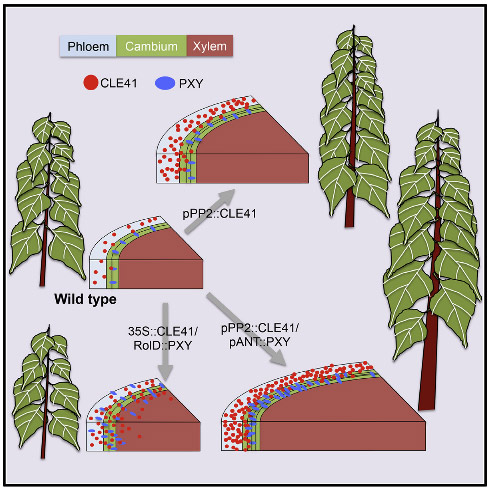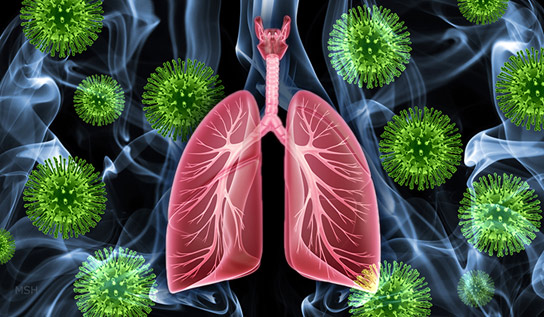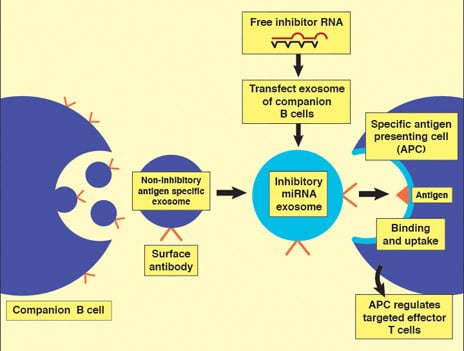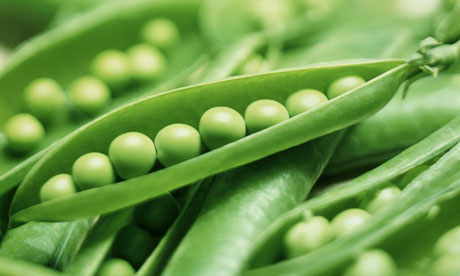16
Life Science / Fish Berry
« on: December 02, 2015, 03:48:52 PM »
Common name: Fish Berry
Botanical name: Anamirta cocculus
Family: Menispermaceae (Moonseed family)
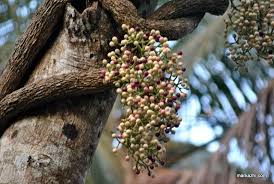
Fish Berry is a large woody climber spreading over large trees. The plant is large-stemmed, up to 10 cm in diameter, the bark is corky grey with white wood. Leaves are simple, alternate, long-stalkes, ovate, heart-shaped. Flowers are greenish in long panicles, arising from the nodes of old stem. The small, yellowish-white, sweet-scented flowers are 6-10 cm across. The fruit produced is a drupe, about 1 cm in diameter when dry. Its crushed seeds are an effective pediculicide (anti-lice) and are also traditionally used to stun fish or as a pesticide. The name "fishberry" comes from the use of the dried fruit as a method of fishing.
Medicinal uses: Warning: Unverified information According to Ayurveda, the plant pacifies vitiated kapha, vata, ulcer, inflammation, chronic skin diseases, bronchitis, cough and used for rapid evolution of uterus.
Source: Flower of India
Botanical name: Anamirta cocculus
Family: Menispermaceae (Moonseed family)
Fish Berry is a large woody climber spreading over large trees. The plant is large-stemmed, up to 10 cm in diameter, the bark is corky grey with white wood. Leaves are simple, alternate, long-stalkes, ovate, heart-shaped. Flowers are greenish in long panicles, arising from the nodes of old stem. The small, yellowish-white, sweet-scented flowers are 6-10 cm across. The fruit produced is a drupe, about 1 cm in diameter when dry. Its crushed seeds are an effective pediculicide (anti-lice) and are also traditionally used to stun fish or as a pesticide. The name "fishberry" comes from the use of the dried fruit as a method of fishing.
Medicinal uses: Warning: Unverified information According to Ayurveda, the plant pacifies vitiated kapha, vata, ulcer, inflammation, chronic skin diseases, bronchitis, cough and used for rapid evolution of uterus.
Source: Flower of India





